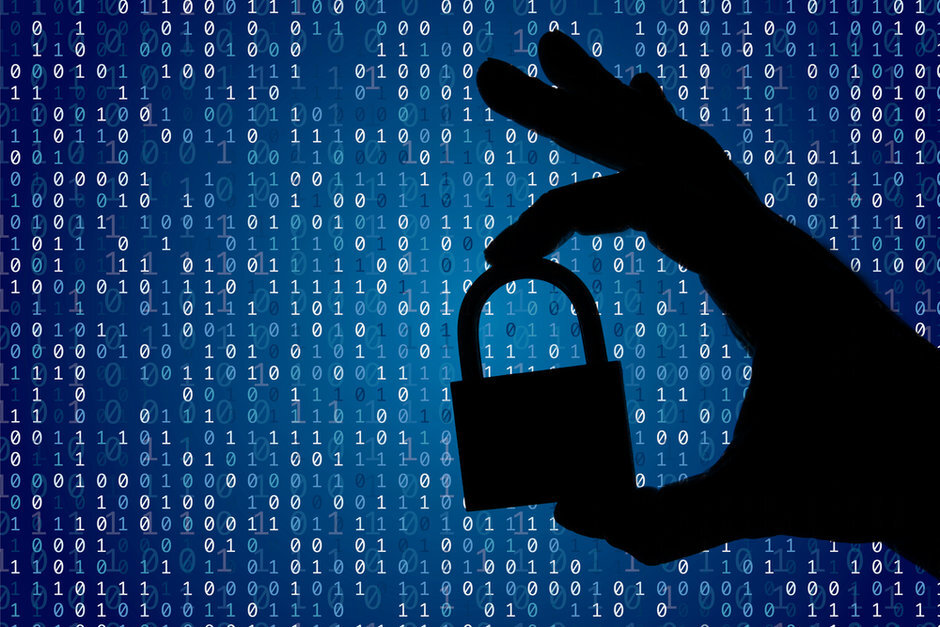By Andrew Bourne
As businesses look to overcome the challenges of 2020, they’ll have a number of goals in mind. For some, it will be about survival while others will work towards rebuilding and reversing any losses they might have made in 2020. Whatever state a business finds itself in this year, it cannot afford to ignore data privacy as a key priority especially, now that global and local news networks are covering online privacy quite extensively.
In fact, if a business really cares about having a successful 2021, it needs to prioritise data privacy as its number one focus. Doing so won’t only help businesses side-step some of the issues and expenses associated with data breaches, it’ll also help increase brand confidence among customers, employees and other stakeholders.
Employee privacy should hold the same importance as customer data privacy
Safeguarding employee privacy is becoming critical in a world that’s going all-digital, in order to cater to an increasingly mobile and highly distributed workforce. A recommended step for a privacy-first approach is making sure that your employees’ personal information is stored in a secure, encrypted server. Aside from that, here are a few basic practices you can follow to ensure secure handling of employees’ personal data:
1) Constantly communicate and ensure your employees are always in the know – When onboarding new employees and whenever changes are made to policies, employers should clearly spell out their data collection and monitoring practices. Businesses should require employees to review the policy and also consider posting a detailed ‘privacy notice’ on internal forums for quick reference.
If your recently instituted COVID-based health and wellness programmes include the additional collection of new datasets like travel history and family health statuses, then the general consent proffered by the employment contract might not suffice. Plan beforehand and try to obtain specific consent from employees through advance notices.
2) Conduct privacy impact assessments for your third-party technologies – As we become more reliant on third-party video conferencing tools and remote collaboration applications like Zoom, Slack, Google Meet and Microsoft Teams, it becomes necessary to reevaluate the vendors’ privacy policies and understand how these platforms handle your employees’ data. In most cases, the long-winded privacy statements never give us a clear picture of what the tech giants do with the collected data or if they employ safety measures such as end-to-end encryption and host-proof hosting.
3) Deploy employee monitoring tools judiciously – Remote working has sparked an ethical debate about whether employers should use remote monitoring software to supervise workforce productivity levels. Today, we have tools that randomly take screenshots of employees’ device screens and even monitor how much time they spend on certain websites.
While workplace analytics is critical to scrutinise collaboration patterns and will inevitably become an integral part of HRM strategies, imposing privacy-invasive tools into your employees’ life can result in a severe backlash down the line. This isn’t a hypothetical scenario either. In October just last year, H&M was fined US$41-million for violating its workers’ privacy.
The all seeing eye
While it is vitally important to know what is going on in your business, using potentially invasive monitoring tools to measure work hours or monitor background activity doesn’t instil confidence or trust in employees. It’s not a perfect metric to measure productivity and work effectiveness. Instead, consider quantifying workforce performance based on output quality and timely accomplishments and for any form of monitoring, it always is best to provide your employees with an opt-in before execution.
Protecting your most valuable asset
It’s become almost a cliche to say that employees are your most valuable asset. Truth is, they really are. By protecting the privacy of your employees, you demonstrate your commitment to them as an employer and, cement a culture of company loyalty. This, in turn, will make it simpler to attract and retain top talent, something that’s vital to remaining competitive.
The Writer is The Region Manager, Africa, Zoho Corporation













Leave a comment